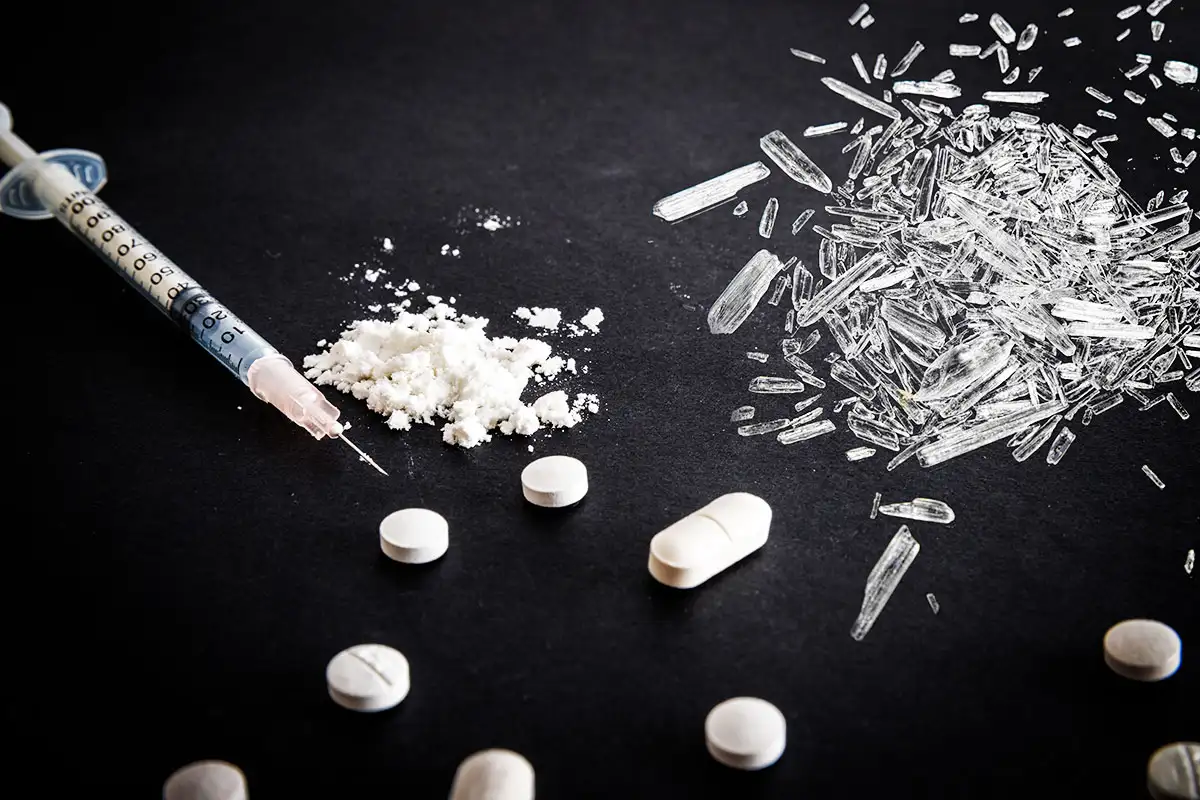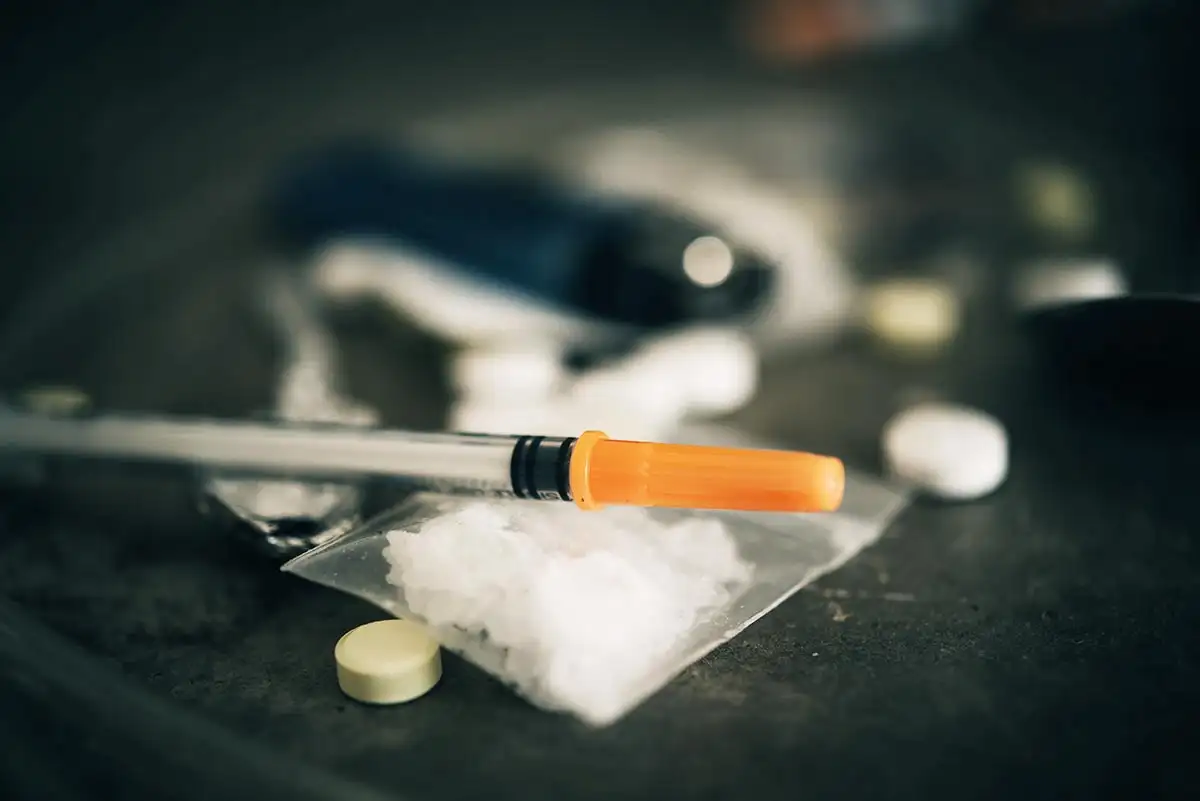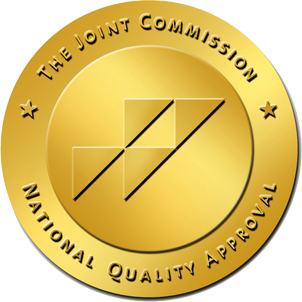
Recreational drug use is at an all-time high in the United States, with an estimated 48.7 million Americans struggling with a substance use disorder. Crack or crack cocaine and meth are two of the most common of those drugs, although both fall well behind opioids, sedatives, and tranquilizers like heroin, sleeping medication, prescription pain pills, and benzodiazepines in popularity. Crack and meth have many similarities on a surface level. For example, both are sold as “crystal” and both are called “rock” in some street language. And, both are often smoked using a glass pipe but can be injected. In fact, if you don’t know what you’re looking at, it can be difficult to tell the difference between the two when you catch someone using.For many parents, crack was the concern when they were kids.
Today, methamphetamine is the new drug of choice for kids, often because it’s accessible and cheap, rather than because it’s cheap.
For many parents, crack was the concern when they were kids. Today, methamphetamine is the new drug of choice for kids, often because it’s accessible and cheap, rather than because it’s cheap. At the same time, it’s important to understand the differences, because both have different effects, different risks, and require different strategies to use safely.
What is Crack Cocaine?
Cocaine is a processed product from the coca plant, which is made by processing the leaves into a paste and then further processing it with ammonia to remove the pulp to create pure cocaine. Crack is cocaine that has been processed a third time with solvents to further remove any non-active ingredients, creating a hard, rock-like substance that is sold in chunks known as “rocks”. It’s also generally mixed with sodium bicarbonate, which allows it to be smoked at a lower temperature (cocaine doesn’t start to smoke until almost 400 degrees Fahrenheit, which also destroys the drug but bicarbonate smokes at 208 F, which doesn’t destroy the drug).
The result is a highly concentrated form of cocaine that offers a significant high and euphoria. Unlike cocaine, crack is also highly addictive. And, unlike cocaine, smoking it means it results in significant physical health risks including burns, damage to the lungs, tooth loss, and more. Cocaine also only lasts about 15 minutes, meaning that users frequently consistently pass a pipe around to stay high – resulting in increased risk of overdose and danger.
What is Meth?
Meth or “crystal meth” is an illicit drug that’s sold in a number of ways but most famously as crystals or “rock”. Methamphetamine is an amphetamine drug, similar to what you get if you buy Ritalin or Adderall. However, meth has more of the psychoactive amphetamine salt, meaning that it creates a more intense high, more euphoria, and more risks of side-effects.
Meth is typically made illicitly by distilling the active ingredients out of other products, such as cold and cough medicine. However, in other cases, it’s synthesized directly. In either case, the drug is typically sold as powder. In some cases, it’s solidified and sold as crystal meth, or dry rocks known as “rock”, “crystal” and sometimes “shatter” (although the latter is more often reserved for hash and concentrated THC products from marijuana.
Like crack, meth is a stimulant. However, it lasts 4-16 hours. In addition, it can be more noticeable than crack, as users may not sleep for the entire period they are high. For people who continue to smoke while high, that can mean periods of 32+ hours of being awake. Meth is also more common, with almost twice the number of regular users as crack cocaine.
Get Your Questions Answered
Our expert & caring staff on site are available 24/7. Call us today.
What are the Similarities Between Meth and Crack Cocaine?
Meth and crack cocaine have a lot in common. For example, they are both stimulant drugs. This means that both impact the central nervous system causing a high, euphoria, and feelings of being powerful. People using crack or meth will show signs of hyperactivity, wakefulness, and restlessness. They might not be able to sit still, talk at a normal pace, or they might talk with nervous energy or jitters.
- Crack – Users are likely to experience euphoria and a high, with paranoia, hallucinations, anger, psychosis, and some hostility or aggression towards others.
- Meth – Users are likely to experience euphoria and a high with paranoia, hallucinations, anger, psychosis, and some aggression and hostility towards themselves and others.

Crack cocaine and meth are also both schedule II-controlled substances. This means that they’re both illegal to poses or use in the United States. They’re classified as dangerous, and addictive and it can be a crime to be caught with either drug in your possession.
Crystal meth can also look very similar to crack cocaine. However, “standard” meth is more likely to be sold as a powder.
As stimulant, both also have similar long-term effects. For example:
- Cracked and blistered lips from smoking
- Weight loss
- Tooth decay
- Paranoia and psychosis
A heavy crack user will look similar to a heavy meth user in many ways. Both also have similar overdose risks and similar risks of cardiovascular and heart failure.
- Both can be smoked or injected
- Both are often consumed from glass pipes
- Both cause a euphoric high with nervous energy
What are the Differences Between Meth and Crack Cocaine?
Crack and meth are very different drugs. As a result, there will be many differences. However, you’ll most often notice them in how long the drug acts and what the long-term side-effects are. Here, meth mostly stands out by lasting for longer. Users are also less likely to sleep and more likely to start showing ticks and psychosis over time.
- Meth lasts for up to 16 hours while crack only lasts for about 15 minutes
- Meth tends to result in a more haggard appearance over time and weight loss may be more extreme – because it causes more loss of sleep
- Meth highs tend to result in sugar and junk food binges
- Meth tends to result in more symptoms of psychosis over time, meaning that individuals are more likely to twitch, show paranoia, and to show side-effects even when not high.
Eventually, both meth and crack cocaine are dangerous drugs that can result in mental and physical health problems including overdose, death, and addiction. Of the two, methamphetamine is more popular. Today, an estimated 1% of the population use meth. About 0.4% of the population use crack cocaine. Therefore, if you’re not sure, you can generally assume that methamphetamine is more than twice as common.
Getting Help
Both crack cocaine and meth are dangerous, addictive, and potentially deadly drugs. Both cause long-term side-effects to mental and physical health. And both can have markedly similar side-effects and risks. Eventually, if you or a loved one is using either, it’s important to realize that you are putting yourself at risk every time you use. Stepping back and looking into getting help, detox assistance for getting clean, and long-term support and rehab to help with substance abuse recovery can be an important step. Here, modern drug addiction treatment means counseling and behavioral therapy to help you identify the underlying causes behind substance abuse, to find coping mechanisms for cravings, and to build life-skills that allow you to navigate life in a happy and healthy way without drugs.
Meth and crack are both extremely dangerous and addictive drugs. If you’re using them, it’s important to talk to your doctor, get help if you need it, and make sure you’re doing everything you can to stay safe.






